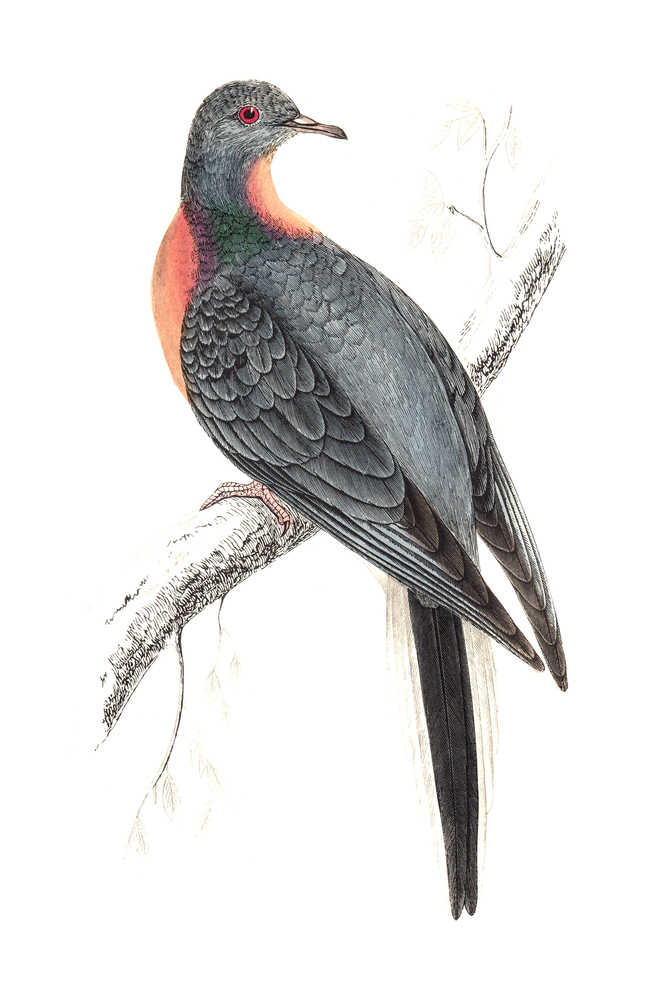
istock
Josh Gabbatiss
Passenger pigeons were once the most abundant bird in North America, but hunting reduced their numbers from five billion to zero in a matter of decades.
In the 19th century, flocks of passenger pigeons were so big they were known to block out the sun in flocks that went on for 300 miles.
But in 1914 the last surviving member of the species, a female called Martha, died alone in Cincinnati Zoo.
Now, genetic analysis of passenger pigeon specimens has revealed the reason for the species’ shocking decline.
It has also provided a warning that even the most abundant animals need to be protected. “We often think of large populations as a safeguard against extinction,” said University of California, Santa Cruz biologist Professor Beth Shapiro, one of the study’s co-authors.
“What this study shows, however, is that we must also consider the longer-term natural history of a species when making decisions about their extinction risk,” she said.
Analysis of passenger pigeon genomes by Professor Shapiro and her colleagues revealed that while their large populations allowed for fast adaptive evolution, it was not enough to prevent their demise. “Passenger pigeons were fantastically well adapted to living in their large population sizes. It was a very sudden shift to a small population size that was problematic,” said Professor Shapiro.
The research revealed that passenger pigeons had existed in vast numbers as far back as the last Ice Age, meaning they were ill-equipped to deal with the sudden dip resulting from human hunting. They were so well adapted to living in enormous flocks that they had lost the genetic diversity required to weather the storm. Professor Shapiro says this indicates that even massive animal populations could be at risk, especially if they have existed in such large numbers for a long time.
While genetic shortcomings exacerbated the downward spiral of these pigeons, hungry humans are still the prime culprits.
“The biggest challenge to their survival was the market for their meat,” said Professor Shapiro. “If it hadn’t been for skilled human hunters, we may still have passenger pigeons around today.” — The Independent


























